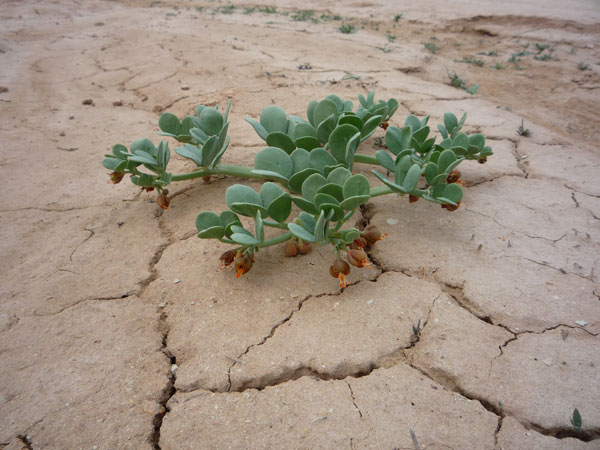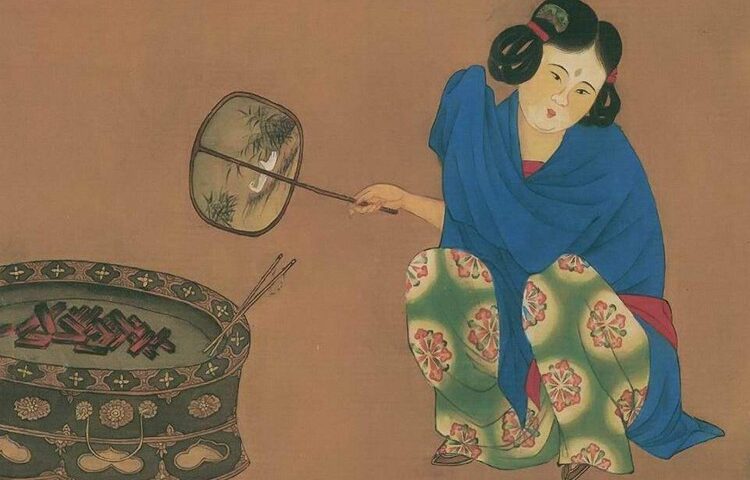Here you can find interesting facts about desert plants. Did you know that more than 15 million sq. km of the entire area of the globe is covered with sands?
On a summer day in the desert there is an unbearable sweltering heat, and at night the temperature drops to zero degrees, there is extremely little rainfall, and there are places it does not rain for several years in a row.
How do plants respond to heat: interesting facts
Interesting facts about desert plants
For many millions of years, desert plants have developed certain adaptations for their existence in these incredibly difficult conditions. As soon as winter ends in the desert and the first spring rains pass, the dull sands are covered with delicate greenery and a luxurious colorful floral carpet. Here are some interesting facts about desert plants.

- Golden stars of goose onions, purple poppies, purple malcolmias, pink rhubarb inflorescences bloom. During the two spring months, these flowers of the desert, while the sand is wet and the sun’s rays are not so hot, have time to grow, bloom and bear fruits. During their short period of existence, the spring flowers of the deserts received the name ephemera, from the Greek word “ephemeros”, which means one-day.
- With the onset of a dry, sultry summer, the desert is covered with low, bright green bushes with small leaves and a mass of thorns. This is yantak, a camel thorn. The plant is characterized by its long roots, growing up to 10-20 meters deep, and sometimes more, with which it draws moisture from great depths, often reaching groundwater.
- In many desert plants, the leaves are covered with either downy or waxy bloom, which reduces the evaporation area of the leaves, and sometimes they even change their shape. Such a typical tree of the desert is saxaul and the twig-like shrub Juzgun.
- A special group is made up of sand-loving plants, the first settlers on loose sands. Such plants include, for example, selin. Where Selin grows, the sands cease to move. One selin bush, growing, holds up to 100 square meters of sand with its roots. Moving sand is a terrible and dangerous phenomenon. Driven by a strong wind, moving dunes often cover entire settlements, canals, and blooming oases.
- Many desert plants can patiently wait for years for rain to begin growing. After the rain, the desert blooms for a few days, but really only for a few days. During this time, the local flora has time to grow, bloom and produce seeds.
- In desert ecosystems, conditions sometimes develop that lead to the formation of completely unique forms of life. In the Atacama, for example, there are about 160 species of cacti and of these, about 90 do not grow anywhere else on Earth.
Desert plants
Speaking on interesting facts about desert plants let’s consider the most popular ones.
Cactus
The most stellar representative of the desert flora is the cactus. The ability to store water allows the plant to survive where others dry up.
The roots of the cactus extend underground to capture as much moisture as possible. The green juicy stems are real reservoirs – individual champions are capable of accumulating up to 3000 liters of liquid!

Thorns perform the function of leaves – they prevent moisture from evaporating. Hundreds of species of this thorny plant have highlighted a special group of specialists among flower growers, exclusively engaged in cactus growing. There are cactus galleries in all countries.
How the pearls are formed? Natural and artificial pearls
Aloe
This desert lily is very unpretentious – flower lovers know that even if you leave a plant in a pot for a while without care, it will not die. What can we say about the aloe – its leaves with hard ends and thorns seem to be covered with a wax coating that protects against moisture loss.
Water-storing tissue is hidden behind the shell – in addition to storing liquid, it plays the role of a receptacle for nutrients, which makes aloe a medicinal plant. Though aloe belongs to the genus of succulents, it is also essentially a cactus, but very much individual, charismatic.
Сamel thorn
This desert plant is known as camel thorn. In this climatic zone, jantak (Alhági) is the main grazing shrub. The root system goes down almost 20 meters, so the camel’s thorn calmly tolerates drought. In the heat, it secretes the so-called “manna” – a sugary substance that is used as food and for medicine. Camels naturally, as the name suggests, include camel thorn in their diet.

Baobab
In the African savannas, the presence of a watercourse can be determined by powerful trees. The baobab, like a sponge, absorbs moisture from the roots and distributes it in the trunk – this is how the plant gained fame as a source of food, water and shelter. The tree’s ability to cope with drought is amazing – when things get really bad with water, the giant throws off a crown of leaves and seems to shrink in volume.
Date palm
Camels drowning knee-deep in searing sand and exhausted Bedouins know that one of the points of the route will be an oasis – a water reservoir in the middle of the desert surrounded by plants.

The tallest tree that keeps the rest of the flora from the scorching sun is the date palm. It does not grow in a waterless environment and can only survive where groundwater comes to the surface. This tree is a multifunctional desert plant: the doors are made from trunks, roofs of houses are covered with leaves, fibers are used to make ropes, and its juice and fruits are food.
Saxaul
Another desert tree is saxaul. The appearance of the plant is peculiar: a loose crown, lack of foliage, a gnarled trunk, long thin twigs.

However, saxaul is a survival champion! It does not care about saline soil, or prolonged drought, or heat. Some saxaul species in less arid areas are able to bloom – eyewitnesses say that there is nothing more attractive than a tree dressed in crimson flowers!
Hoping you enjoyed interesting facts about desert plants. Deserts are different … We are talking about arid sandy areas and their flora, not rich, but very valuable. Having absorbed vital moisture, some desert plants radically change the landscape, blooming with a bright carpet.



